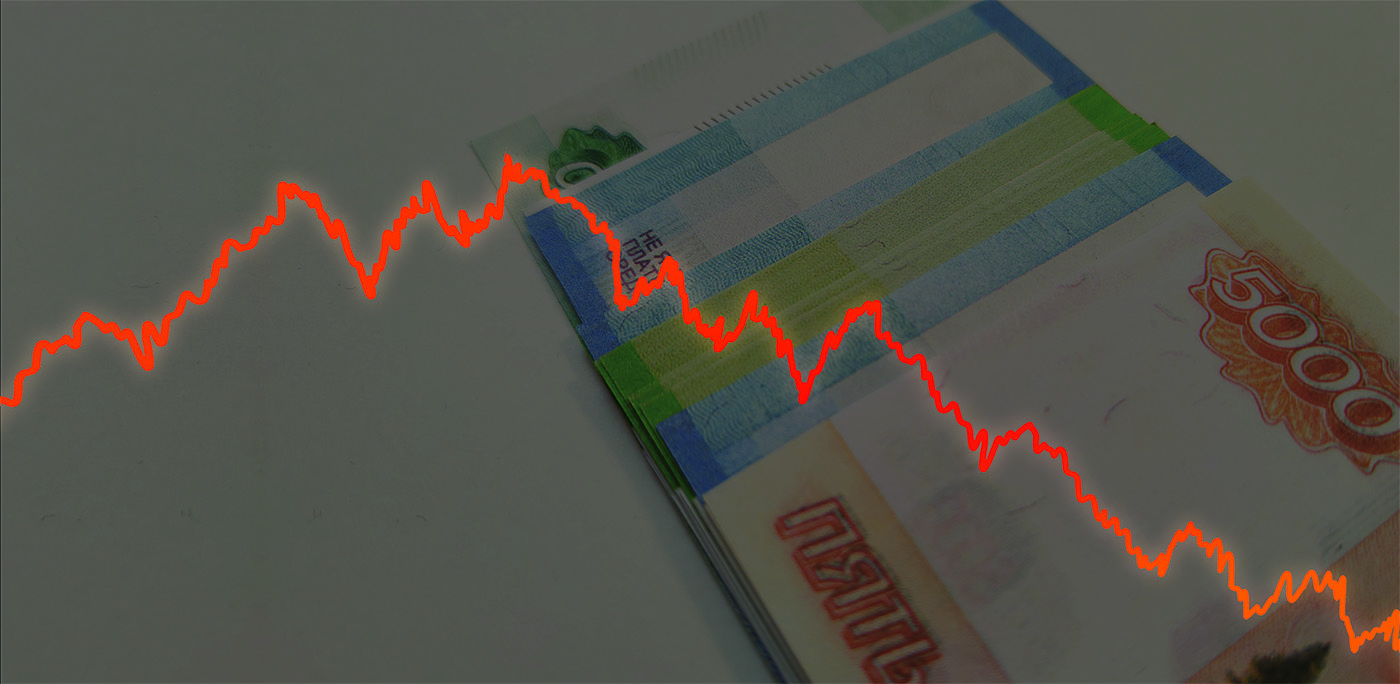In the few months following the start of its war on Ukraine, Russia became the most sanctioned nation in the world. The total number of sanctions levied against Russia is currently estimated at 11,000. Notionally, these sanctions can be grouped into four categories: 1. financial, imposing restrictions on the activities of Russian financial institutions, 2. restrictions on the export of Russian goods, 3. restrictions on the import of goods and technology to Russia, and 4. individual sanctions.
Free Russia Foundation’s Sergey Aleksashenko analyzes the individual and cumulative effectiveness of the four main categories of international sanctions on Russia’s critical sectors; considers key factors that have blunted their impact or fell short of intended outcomes; and offers a forecast of how the current sanctions regime will affect Russia in the mid- to long‑term.
The key takeaways from the analysis are:
- the sanctions imposed on Russia are better suited at undermining the long‑term potential of the economy rather than limiting its current capabilities
- financial sanctions for several reasons (favorable external conditions, incomplete decisions taken, structural features of the Russian economy, the reaction of the Russian authorities) had a much less significant impact than they did in 2014/15;
- the most significant impact on the dynamics of the Russian economy was made by “moral sanctions” —Western companies leaving Russia and/or refraining from doing business there.
Individual sanctions, with a few exceptions, have had no impact on economic activity or government policy. In contrast to the practice of 2014–15, when the imposition of sanctions on individuals automatically led to their imposition on companies controlled by them, in 2022 the position of Western countries has changed. Russian businessmen who controlled significant assets evaded sanctions through a simple procedure: once sanctioned, they transferred/sold their assets to other persons and left the management bodies of the companies/banks. Therefore, the sanctions have failed to stop Kremlin‑affiliated actors from penetrating the U.S. through investments, lobbying contracts, and property purchases.
Financial sanctions had a powerful but short‑lived effect due to external conditions favorable to Russia, an incomplete and inconsistent sanctions policy, structural features of the Russian economy, and thorough preparation and skillful maneuvering by the Russian authorities.
Aleksashenko anticipates that the most damaging consequences for the Russian economy may come in 2023, after the withdrawal of global oilfield service companies, which, almost on the same day in mid‑March, announced their departure from Russia. The departure of foreign oilfield service companies will not stop the Russian oil industry but will severely slow its development.
The analysis makes it clear that the imposed sanctions have caused the economy to slow down and slide into recession. While the decline of the Russian economy is not likely to be profound, it could last for several more quarters, followed by stagnation. The technological isolation of Russia stemming from the sanctions is the biggest challenge that will likely persist and contribute to this trend.
In the coming weeks, Free Russia Foundation will publish a follow‑on analysis of economic data to show how the US sanctions have affected specific Russian sectors and stakeholders using case studies; as well as a public database of all Russian entities and individuals sanctioned by the United States.





